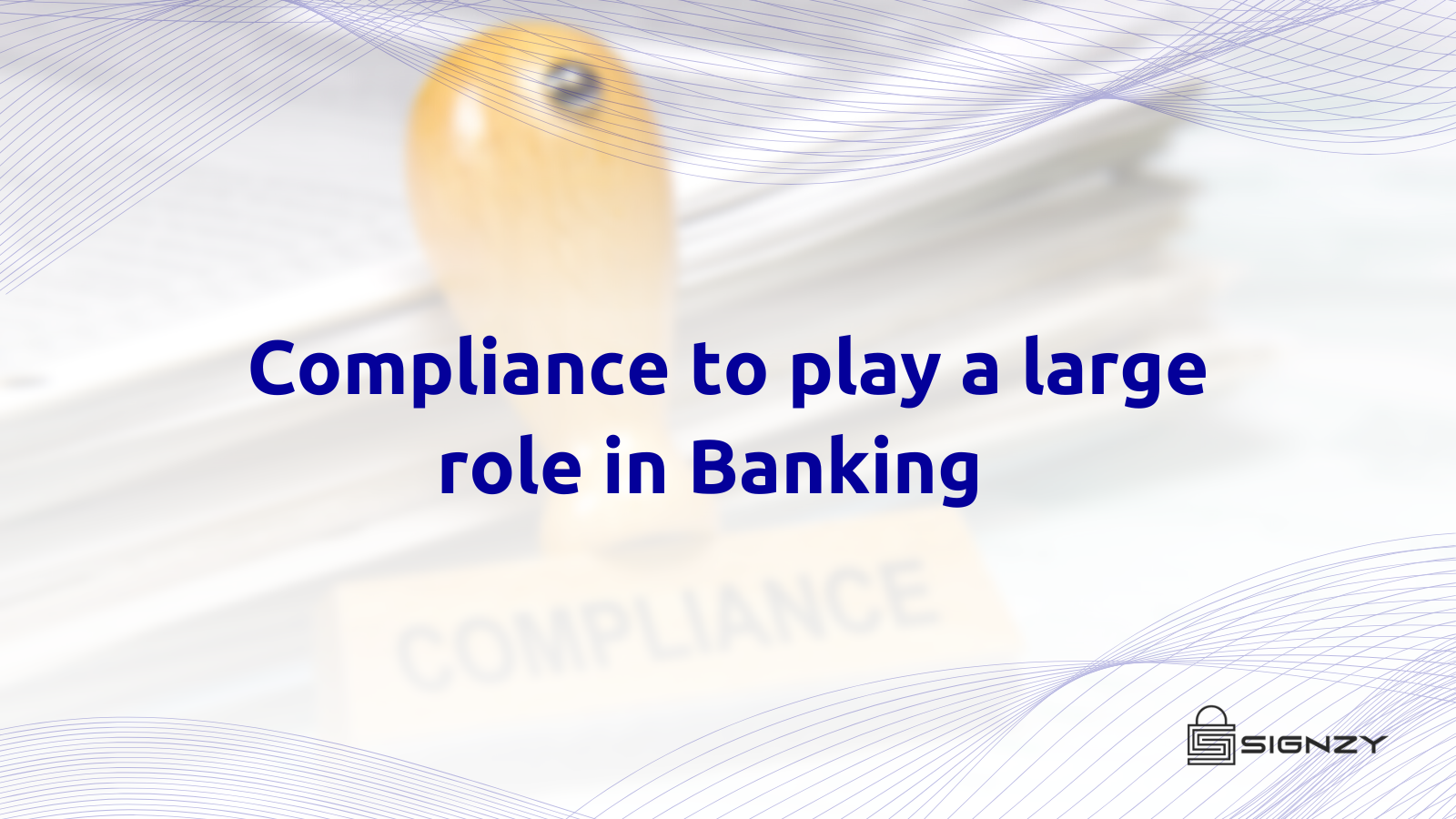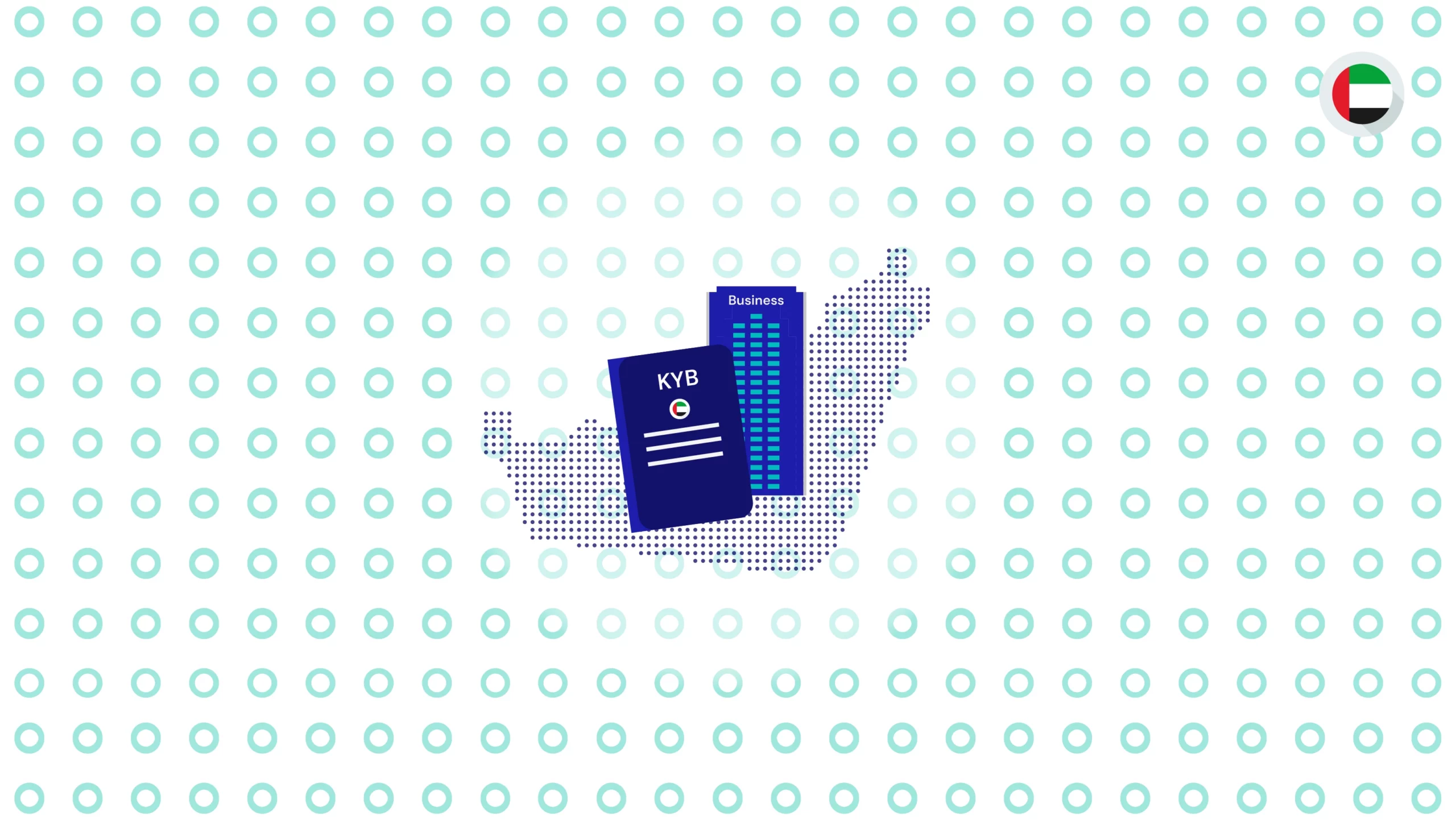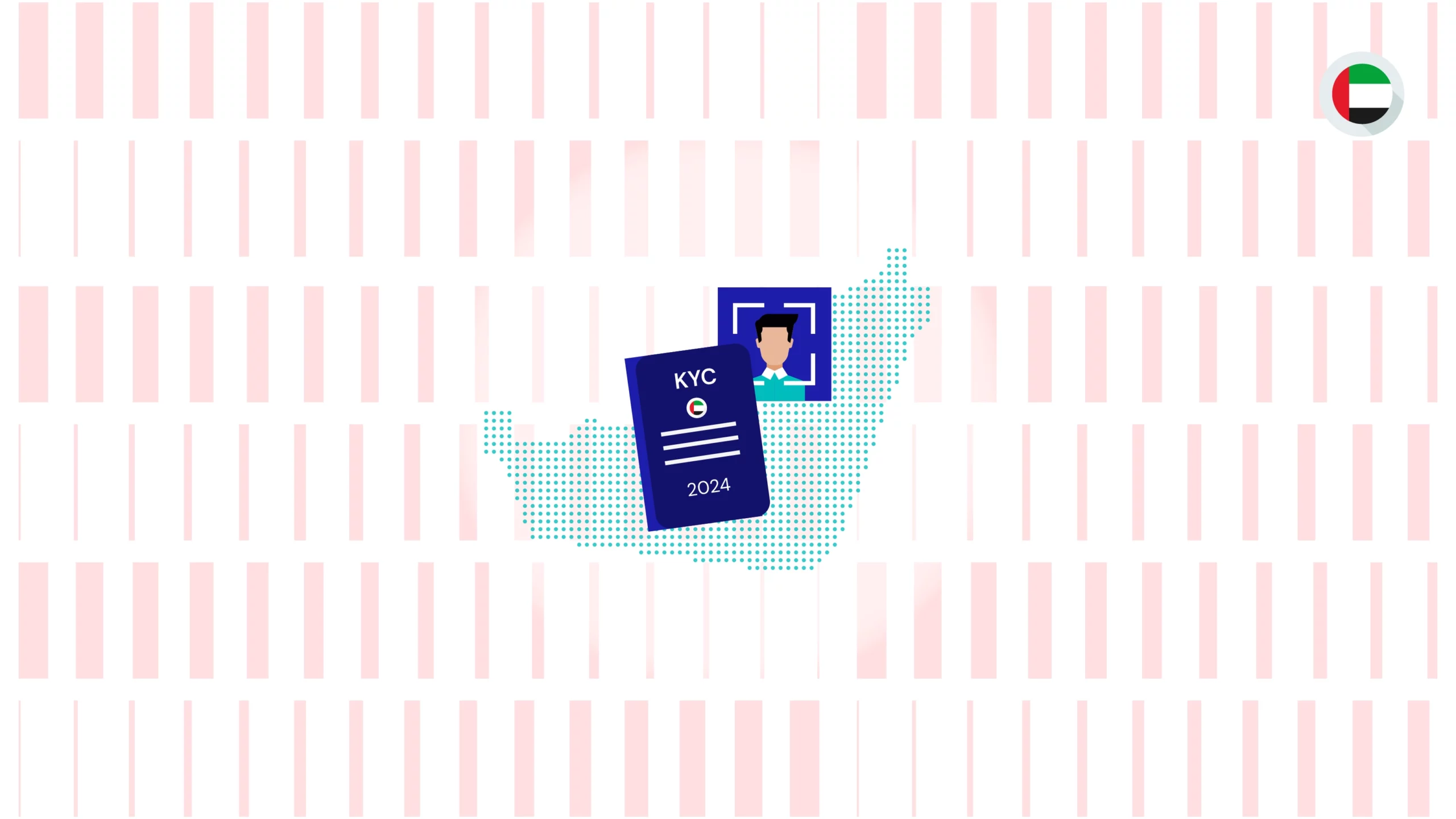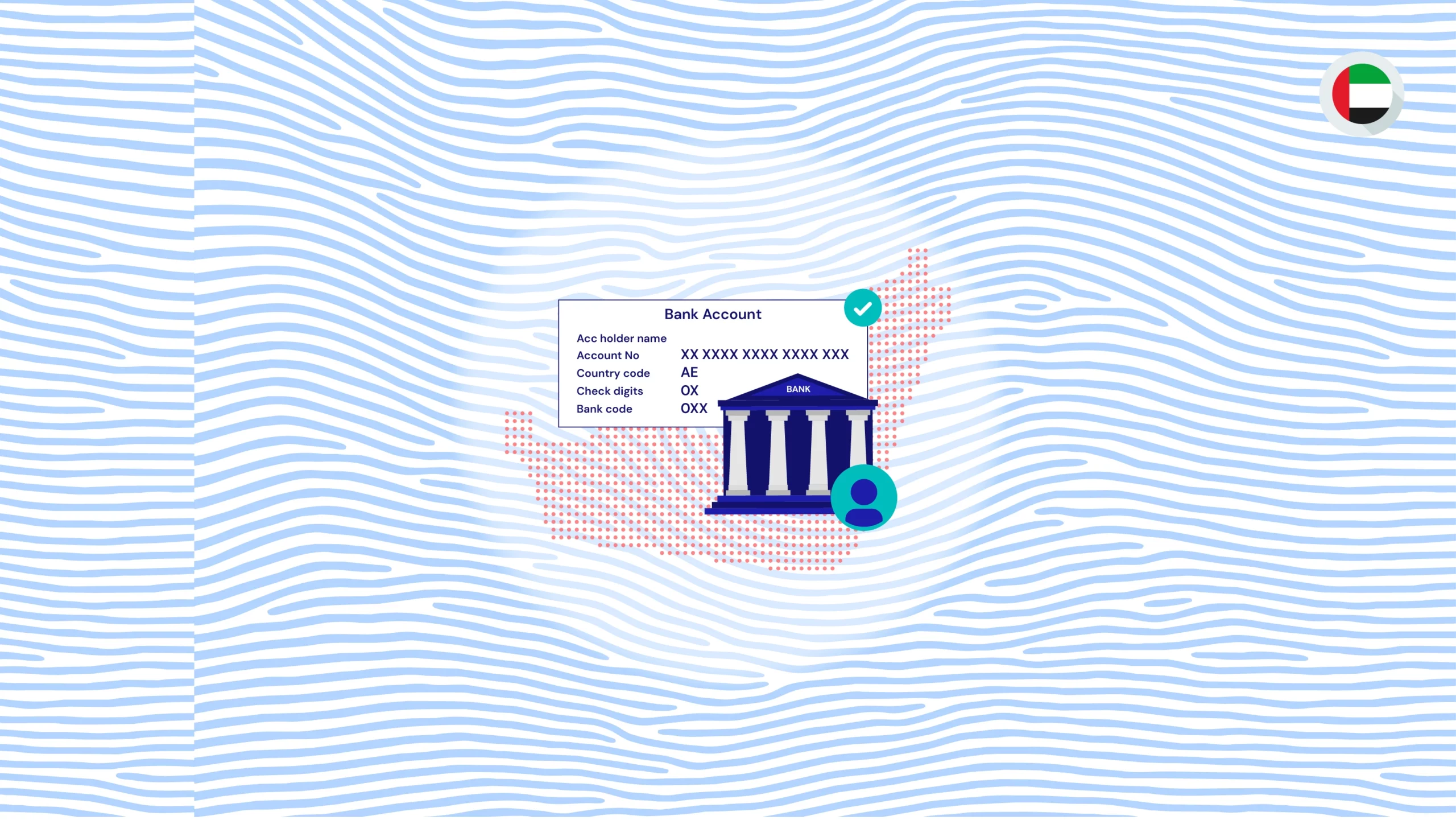How To Make Compliance Your Bank’s Competitive Advantage
February 28, 2023
4 minutes read
Banking regulations are ever-changing, and staying compliant is essential for financial institutions, but it doesn’t have to be a burden. In fact, by leveraging compliance activities as a competitive advantage, your bank can increase its profitability and gain a leg up on the competition. In this blog post, we’ll look at how banks can leverage compliance to create an edge in the industry. We’ll discuss managing risk, using customer data safely, developing innovative products and services, and more—all while staying compliant with the law. So, if you want to make compliance your bank’s secret weapon, this blog post is for you!
Understanding compliance
Today’s consumers are looking for a banking experience that is personalized, convenient and offers value. In addition, they want to bank with an institution that understands their needs and is willing to work with them to find solutions. A recent study by Boston Consulting Group found that 43% of consumers would switch banks if their primary bank did not offer the digital capabilities they were looking for.
Banks must provide a superior customer experience to keep up with the competition. That starts with understanding compliance. Consumers expect banks to protect their personal information and comply with regulations. They also want transparency from their financial institution. They must know that their bank works in their best interest and protects their money.
Compliance is more than just following the rules. It’s about creating a culture of compliance within your organization. Everyone from the CEO to the tellers must comply with regulations. This can be achieved by establishing clear policies and procedures, providing training and education on compliance topics, and promoting a culture of ethical behavior.
When done correctly, compliance can be a competitive advantage for your bank. In addition, consumers will trust that you keep their best interests in mind and feel confident doing business with you.
The benefits of compliance in bank
The McKinsey Global Institute estimates that advanced analytics (AA) and artificial intelligence (AI) in banking could generate up to $1 trillion in annual economic value globally. Credit underwriting, fraud detection, and trade surveillance are some of the opportunities related to risk management.
Banks are under pressure to do more to comply with rules and regulations in a world of increasing regulation. But, at the same time, they are looking for ways to improve their customer experience and grow their business. A compliant bank meets all the requirements of the regulators and provides an excellent experience for its customers.
There are many benefits of being a compliant bank:
- It allows you to avoid costly fines and penalties.
- It helps you build trust with your customers by showing that you are committed to protecting their information and meeting their needs.
- It can give you a competitive advantage in the marketplace by differentiating you from other banks that may not be as compliant.
Fourth, being compliant can help you attract and retain the best talent. Fifth, it can help you manage risk more effectively. And sixth, it can help you improve your bottom line.
So, consider these six benefits if you’re looking for ways to make your bank more compliant. They might make compliance your bank’s competitive advantage.
Compliance technology
Technology has always been crucial to compliance, from simple audits to more complex monitoring and analysis. But with the ever-changing compliance landscape, technology must constantly adapt to new regulations and threats.
That’s where compliance technology comes in. Compliance technology uses software and other tools to help organizations meet their compliance obligations. This can include everything from automating regulatory filings, tracking employee training, and monitoring customer interactions for signs of fraud or money laundering.
With the right technology, banks can meet regulatory requirements and gain a competitive advantage. By using technology to automate repetitive tasks, banks can free up staff time for more strategic work. And by using data analytics to identify risk areas, banks can proactively address potential problems before they arise.
When it comes to compliance, technology is your friend. Investing in the right tools can make compliance more uncomplicated, efficient, and effective—and give your bank a leg up on the competition.
Conclusion
Compliance is becoming increasingly important in the banking industry, and making it your bank’s competitive advantage can help ensure sustainable long-term success. By providing that your compliance strategy is up-to-date and effective, you can create an environment of trust with customers and regulators alike. Additionally, a clear understanding of regulatory requirements will enable you to adapt to any industry changes quickly, ensuring your unique competitive edge remains intact.














